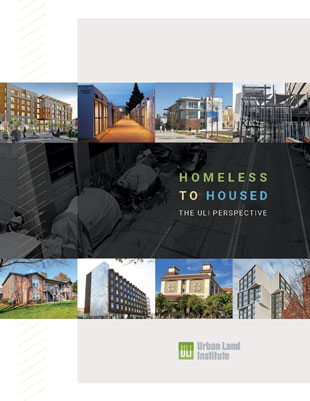Senior housing occupancy increased in the third quarter of 2021 to 80.1 percent according to new National Investment Center for Seniors Housing & Care (NIC) data. This is a 1.4 percentage point increase from its pandemic-related low of 78.7 percent in the second quarter.
A significant rebound in demand and modest increase in supply contributed to the occupancy rate increase. Demand increased by 12,318 units in the 31 metropolitan U.S. markets tracked by NIC, the strongest unit increase since NIC began reporting the data in 2005. At the same time, inventory increased by 3,441 units—the smallest unit count increase since the first quarter of 2019—while the number of units under construction were the fewest since 2015.
“Notably, senior housing construction starts amounted to only 1.9 percent of the existing inventory in the third quarter on a rolling four-quarter basis, one of the lowest rates since 2011,” said NIC’s chief economist, Beth Burnham Mace. “Industry leaders should keep an eye on this trend because it suggests that there may be a window of limited inventory growth and potential promising investment opportunities next year.”
Occupancy increased for assisted living, independent living, and nursing care properties.
- Assisted living occupancy increased to 76.9 percent, up from its pandemic low of 75.4 percent in the first quarter of 2021 but still below its pre-pandemic level of 85.0 percent.
- Independent living occupancy increased to 83.2 percent, up from its pandemic low of 81.8 percent in the first quarter of 2021 but still below its pre-pandemic level of 89.7 percent.
- Nursing care occupancy increased to 76.3 percent, up from its pandemic low of 74.1 percent in the first quarter of 2021 but still below its pre-pandemic level of 86.6 percent.
“The pop in occupancy, slowdown in inventory growth, and jump in demand are all encouraging for the trajectory of the occupancy recovery,” said Chuck Harry, NIC’s chief operating officer. “But it’s important to acknowledge that the senior housing occupancy rate is still well below its pre-pandemic peak, so we need to continue to monitor future data before declaring recovery from the pandemic.”
San Jose (85.9 percent), San Francisco (84.5 percent), and Portland, Oregon (84.3 percent) had the highest senior housing occupancy rates. The markets experiencing the lowest occupancy rates included Houston (74.8 percent), Cleveland (75.5 percent), and Atlanta (75.8 percent).


